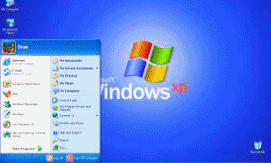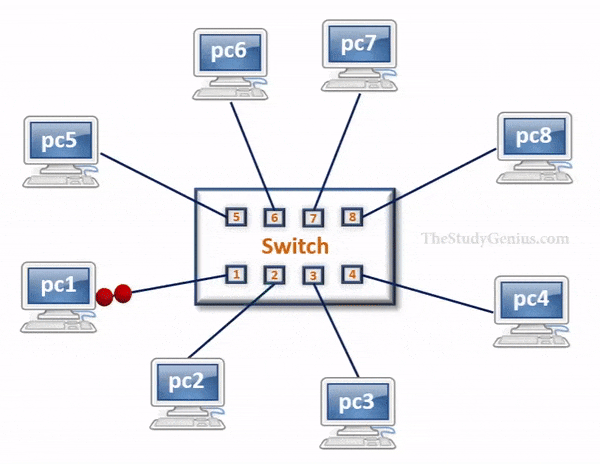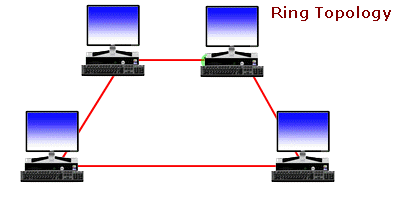Zeal For Wisdom
SQL Server Installation
Steps to install SQL server
- Installation decisions
- Design the storage for new databases
- Plan for growth and capacity
- Service account configuration
Installation Decisions
- Determine the appropriate hardware
- Select the appropriate windows operating system edition
- Select the appropriate edition of SQL Server
- Determine if a separate instance is required
- Select the appropriate collation
Appropriate hardware
- To virtualize or not to virtualize?
- CPU sockets and cores
- Memory
- Memory support is a function of the Windows operating system or the chosen edition
- Storage considerations
Appropriate OS
- Specific editions of SQL Server are supported on specific versions and editions of Windows Client and Windows Server
- One way or another, the following operating systems are supported:
- Windows Server 2012
- Windows Server 2008 R2 and Windows Server 2008 SP2
- Windows Vista, Windows 7, and Windows 8
- SQL Server 2012 core is supported on Windows Server 2012 core and Windows Server 2008 R2 core
Editions of SQL Server 2014
- Editions to choose from are:
-
Principal Editions
- Enterprise
- Business Intelligence
- Standard
- Evaluation
-
Specialized Edition(s)
- Web
-
Breadth Editions
- Express
- Developer
Server instances
- Each instance will have its own set of services and service settings
- Separate administration requirements
- Separate instance-level configuration settings
- Support for multiple versions of SQL Server
- Know which features can be installed as instances
Files and Filegroups
Three types of files
- Primary
- contains the startup information for the database and points to the other files in the database
- Every database has one primary data file
- The recommended file name extension for primary data files is .mdf
- Secondary
- optional, user-defined, and store user data
- recommended file name extension for secondary data files is .ndf
- Log
- hold the log information that is used to recover the database. There must be at least one log file for each database
- Recommended file name extension for transaction logs is .ldf
System Databases
- Master – records all system level information
- Model – contains templates for creating new objects in the server
- MSDB - used by SQL Server Agent for scheduling alerts and jobs
- TempDB – automatically created and hold temporary data
Working with database properties
- Database growth
- Database auto growth
- Database shrinking
- Other database properties
-
Zeal For Wisdom
Learn Today For Better Tomorrow














